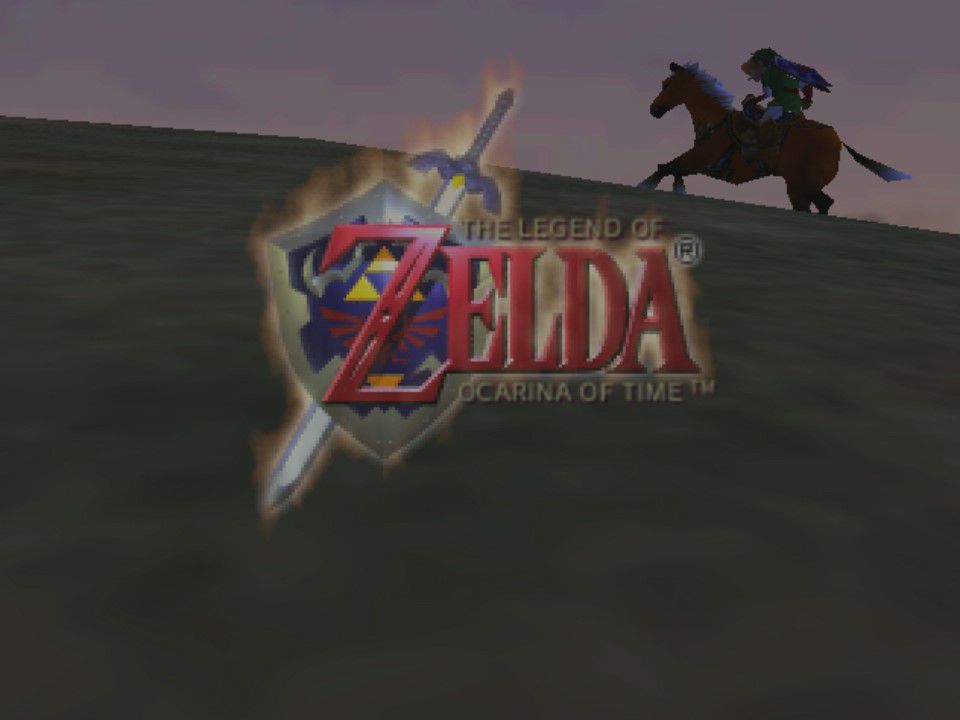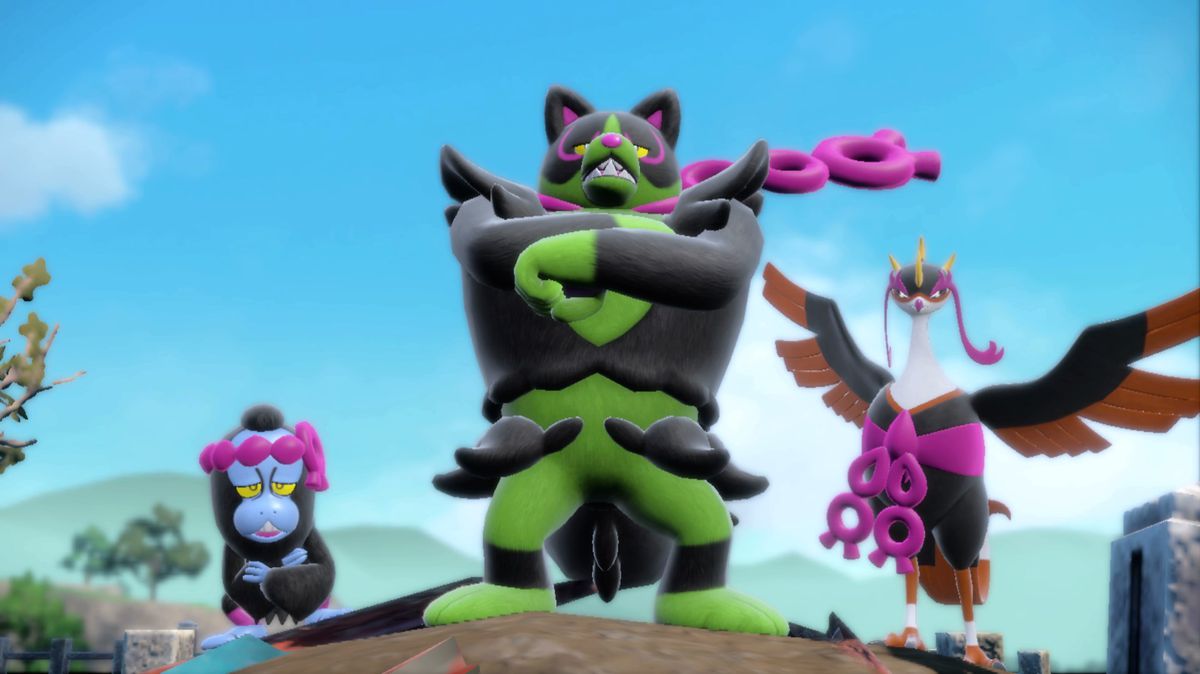Nintendo is a unique game developer — sometimes to a fault. Over the years, much of its genius, and the timeless brilliance of its games, has rested on the fact that it operates in a bubble, designing games unlike any others and influencing only itself. It’s immune to fashion and can be very innovative in its own, off-the-wall ways. But it has also sometimes been left behind by seismic shifts in gaming that barely caused a ripple within the serene white box of its Kyoto HQ.
There’s a sense that this is changing, however. Slowly, and with enough delicacy not to disturb the mysterious, alchemical processes of Nintendo’s closeted design teams — but changing nevertheless. There’s evidence of a new generation of designers rising through the ranks at Nintendo EPD (Entertainment and Planning Division, the in-house software development arm) who are more receptive to ideas and trends from the outside world, and who have been able to incorporate them into their work in surprising and uniquely Nintendo ways.
And it’s working — it’s really working. The Splatoon series, which was born of a skunkworks project for younger Nintendo designers, reinvented online team-deathmatch shooters — of all things — both stylistically and mechanically with its paint-the-map concept. It’s been a solid hit. And, of course, The Legend of Zelda series has been propelled to a new stratosphere of popularity by the way Breath of the Wild and Tears of the Kingdom fold everything from Skyrim to Halo to Minecraft into their bold reinvigoration of open-world games.
:no_upscale()/cdn.vox-cdn.com/uploads/chorus_asset/file/25107733/mario_wonder_online_world_map.jpg)
Now it’s Mario’s turn. Most of Super Mario Bros. Wonder’s inventiveness is the old kind of Nintendo inventiveness — a torrent of subversive ideas that turn the design of a 2D Mario game inside out and upside down, but that only really operate in reference to themselves. But that’s not true of its fascinating online mode, which applies ideas from a different studio and genre entirely to make online multiplayer work in a space where it really shouldn’t.
That source of inspiration is FromSoftware, and its series of hardcore dark fantasy action role-playing games, which have become known as Soulsbornes: Demon’s Souls, the Dark Souls series, and Elden Ring. These games (and a handful of others they have influenced, notably Hideo Kojima’s Death Stranding) take an asymmetrical and asynchronous approach to online gaming, wherein the experience is mostly a solo one, but other players leave traces of themselves in the world all around you in the form of signs, which may be helpful, or humorous, or neither. When another player does directly enter your game — whether as an ally or foe — it’s as a kind of ghost, visiting from their own version of the same world.
Nintendo, rightly sensing that an attempt to replicate the delightful slapstick of local multiplayer Mario Bros. in an online environment would only result in frustration, has borrowed From’s novel thinking about online gaming and twisted it into something unexpectedly chill — and even uplifting. Activate online multiplayer in Wonder and your game becomes populated with the shades of other players, scampering around the world map and leaping around the stages, playing their own games in parallel to yours.
:no_upscale()/cdn.vox-cdn.com/uploads/chorus_asset/file/25107736/mario_wonder_online_search_party.jpg)
Other players are intangible to you, so they won’t disturb your platforming — but that doesn’t mean they can’t help you. If you die, you have a few seconds to guide your floating spirit to touch another player, or the standees that can be placed around levels, which brings you back to life. A well-placed standee before a tough section can be a life-saver. Whereas Standees can be dropped to point the way to secrets, watching how other players navigate the stages can reveal the location of hidden platforms, or nudge you toward a puzzle solution — particularly helpful on the special Search Party puzzle stages.
There’s something wonderfully but casually collaborative about it — a feeling that Mario Wonder players are all in it together, and that we are helping one another progress just by playing the game in our own way. Beyond that, the game gains an ambient, enveloping sense of community that, to my surprise, most reminded me of playing a massively multiplayer game like World of Warcraft or Final Fantasy 14. The bustling avatars, all going about their business as you go about yours, give the game a sense of life, putting you obliquely but powerfully in touch with everyone else enjoying it at the same time.
Surprisingly, perhaps, for a mode that took its inspiration from FromSoft’s demanding masterpieces, Wonder’s online multiplayer is really all about the vibes. It makes the game livelier but also more relaxing, more inviting, even more joyful, and meaningfully easier. And it creates the sense of atmosphere that can only ever come from a crowd of like-minded humans doing something they love together. It’s a good time — a real Mario party. For decades, playing games online has seemed more intense and intimidating than doing it on your own. Super Mario Bros. Wonder asks: What if it was the opposite?








